In ancient Rome, the term Pretor (more commonly spelled Praetor) was given to magistrates and commanders of armies – and boy, does the title fit Thermalrights' latest flagship air cooler, the Royal Pretor 130. The performance of this latest product is ferocious, blurring the lines between what you should expect from air and liquid coolers.
Will the Royal Pretor 130 make our list of the best coolers? Yes. As we’ll see in testing, it’s the best air cooler on the market! Let’s take a look at the specifications and features of the cooler, then we’ll go over thermal performance with both Intel and AMD CPUs, as well as noise levels.
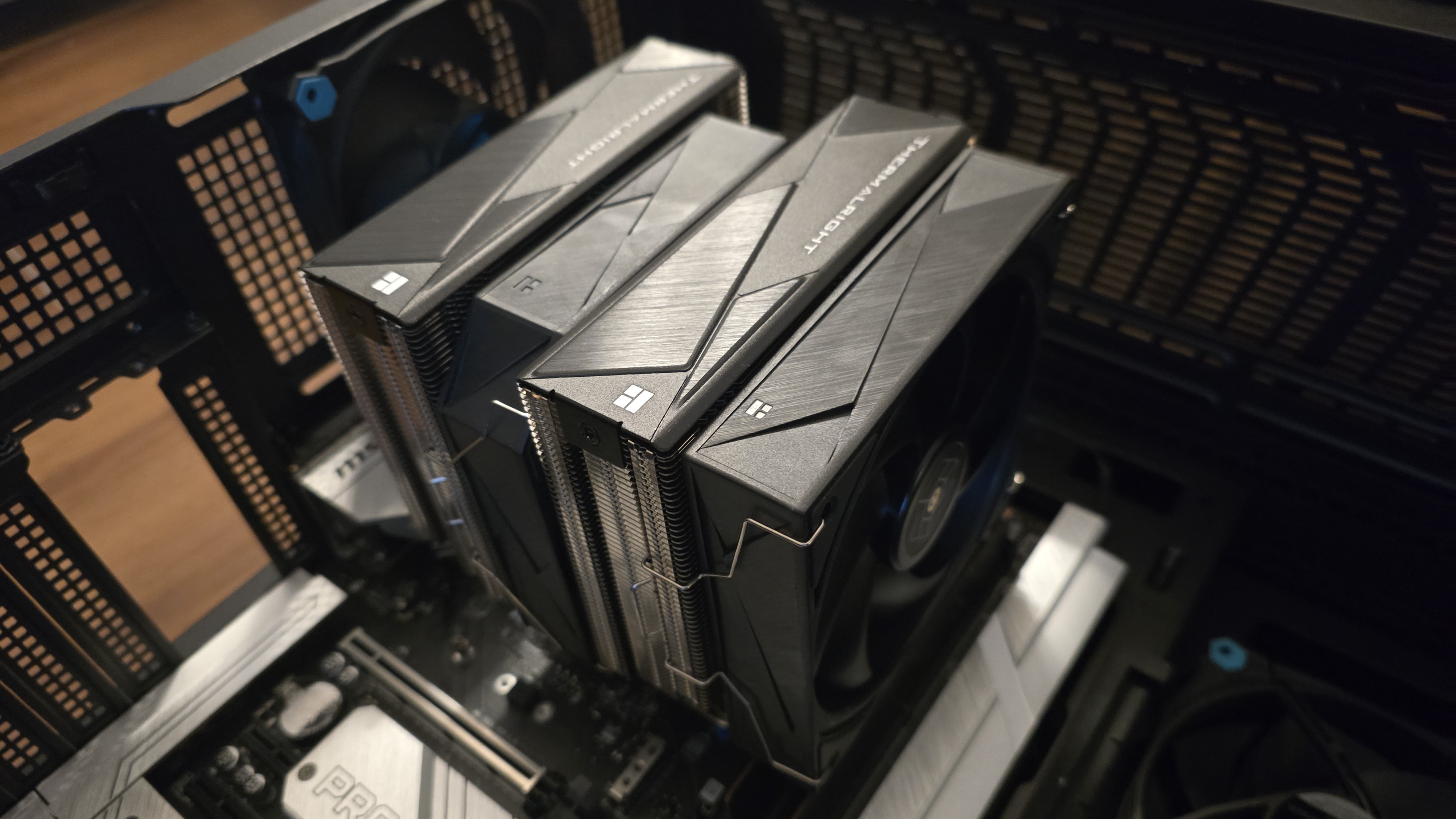
Cooler specifications
Swipe to scroll horizontally
Cooler | Thermalright Royal Pretor 130 |
MSRP | $52.90 (U.S.) |
Radiator Material | Aluminum |
Lighting | None |
Warranty | 3 Years |
Socket Compatibility | Intel Socket LGA 1851/1700/1200/115x AMD AM5 / AM4 |
Unit Dimensions | 130 (L) x 112 (W) x 158mm (H) |
Maximum TDP (Our Testing) @ 23C | >259W with Core i7-14700K >254W with AMD’s Ryzen 9 9950X3D |
Packing and included contents

The packaging for the cooler features a slick white and black design. Opening it reveals the parts, protected by molded foam, cardboard, and plastic coverings.

Included in the box are the following:
- One 28x120mm fan
- One 28x130mm fan
- Dual-tower heatsink
- TF7 Thermal paste
- Mounting accessories for modern AMD & Intel platforms
- Installation manual

Features of Thermalright’s Royal Pretor 130
▶ Dual-tower heatsink
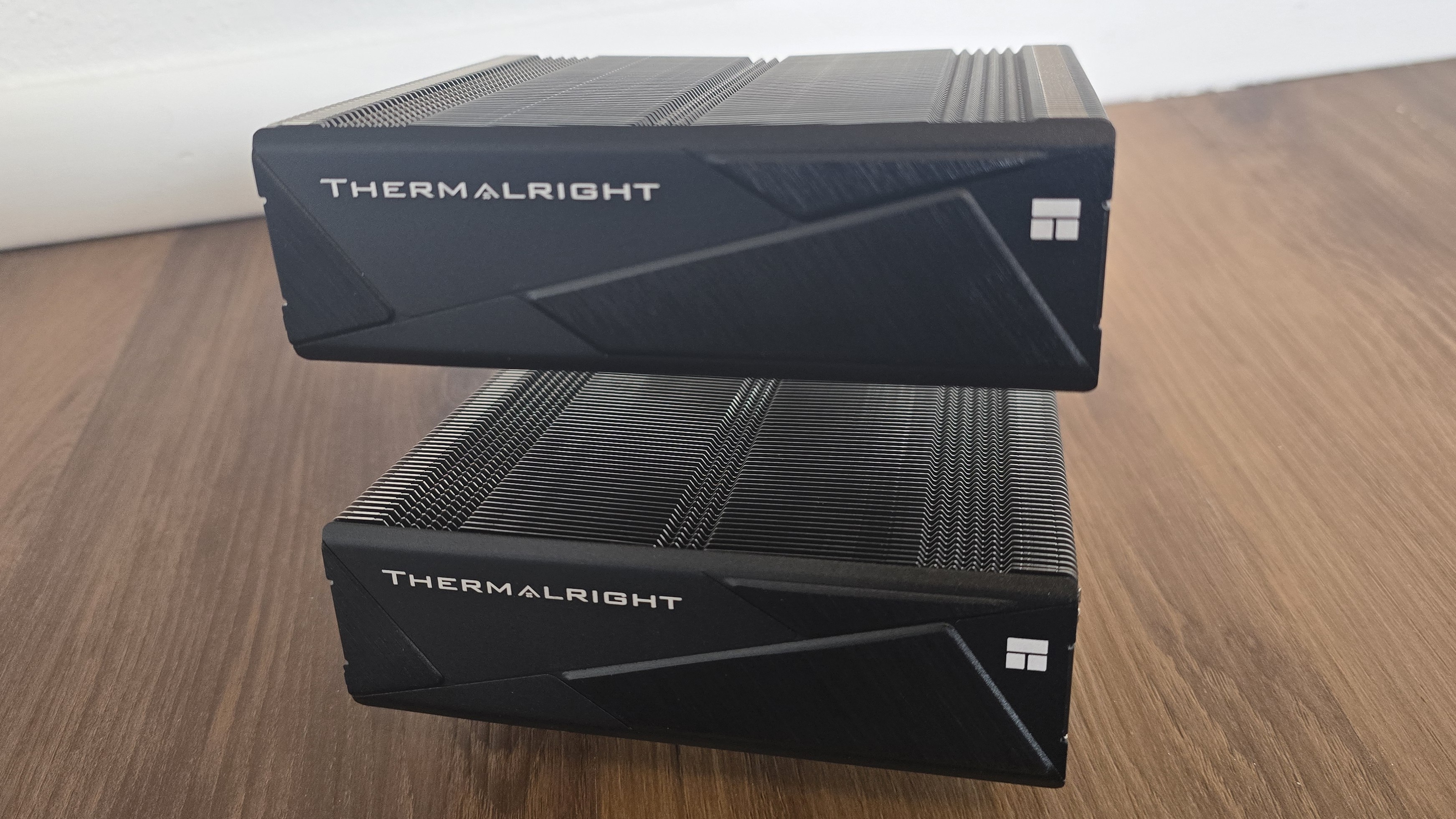
The heatsink has two silver towers, with a black etched metal top showcasing Thermalright’s brand name and logo.
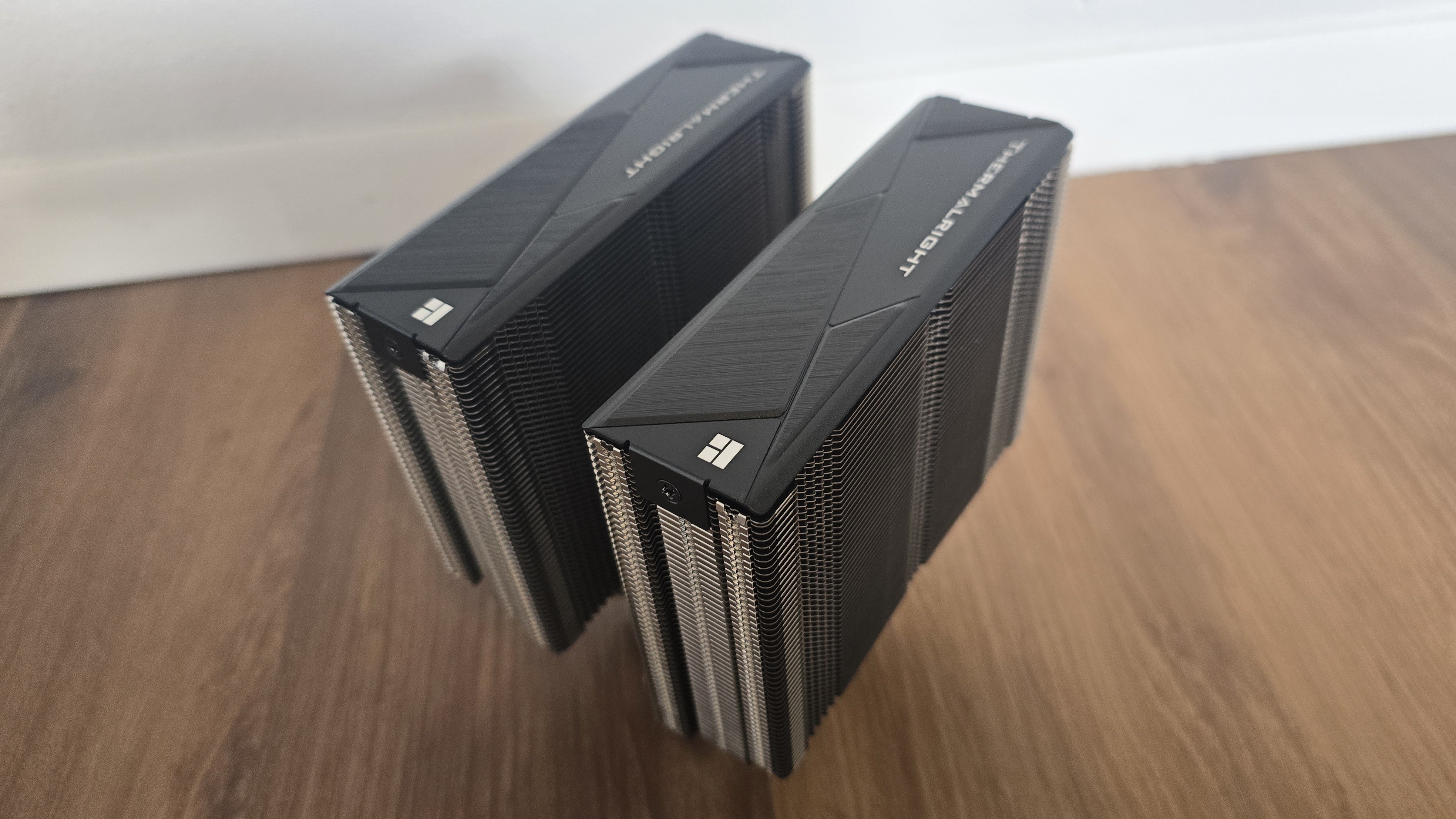
▶ High-quality TF7 thermal paste
Thermalright includes its TF7 thermal compound with the cooler, which offers good performance, only a couple of degrees away from the best pastes you can buy.
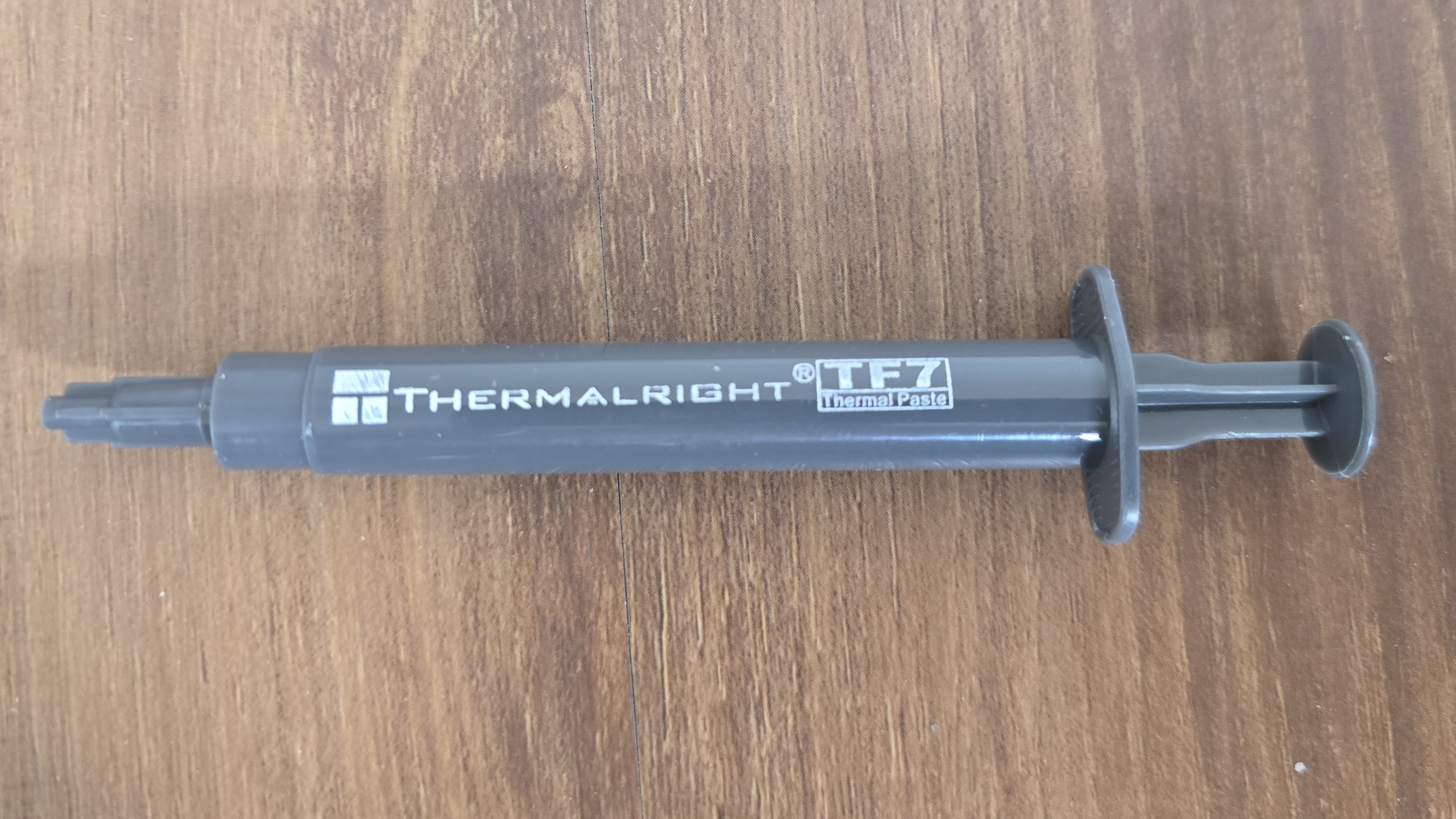
▶ Six copper heatpipes
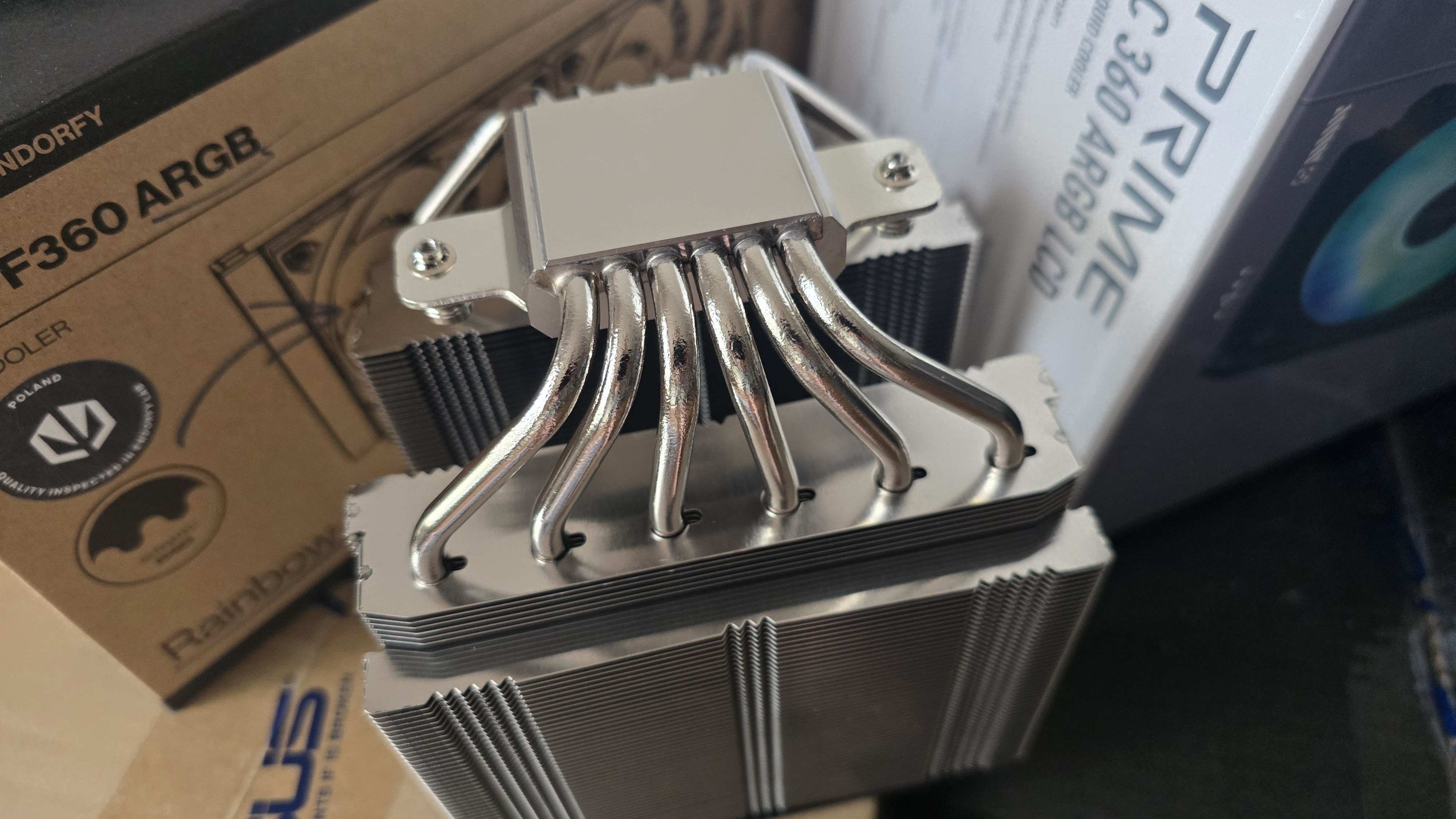
The Royal Pretor has six 6mm copper heatpipes to move heat away from the CPU and into the fins of the towers.
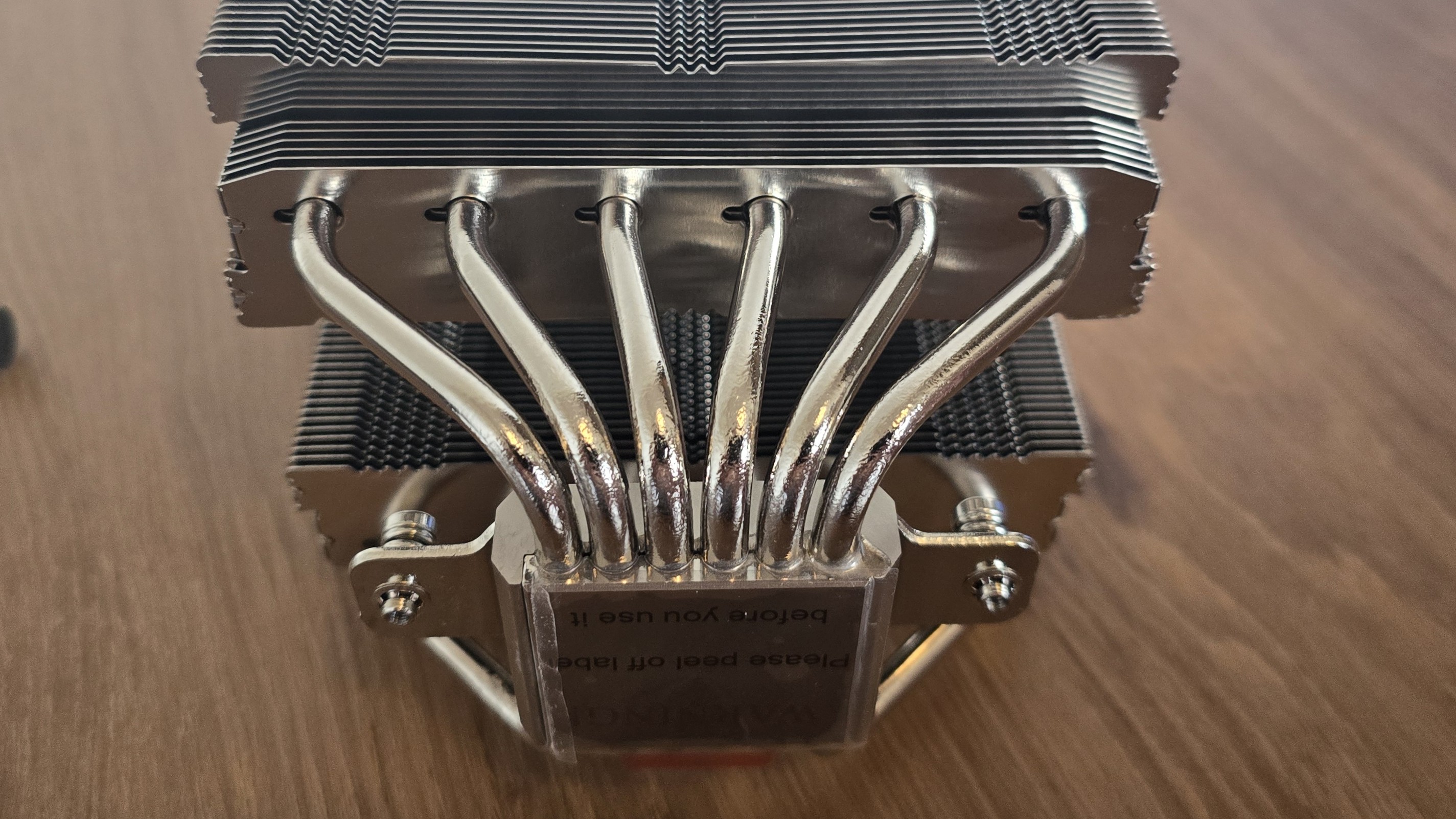
▶ Two fans of different sizes – 120mm, 130mm
There’s more to a cooler than just the heatsink or radiator. The bundled fans have a significant impact on cooling and noise levels, as well as how the cooler looks in your case. This cooler arrives with two different types of fans. Both are 28mm thick, but one is 120 mm and the other is 130 mm.
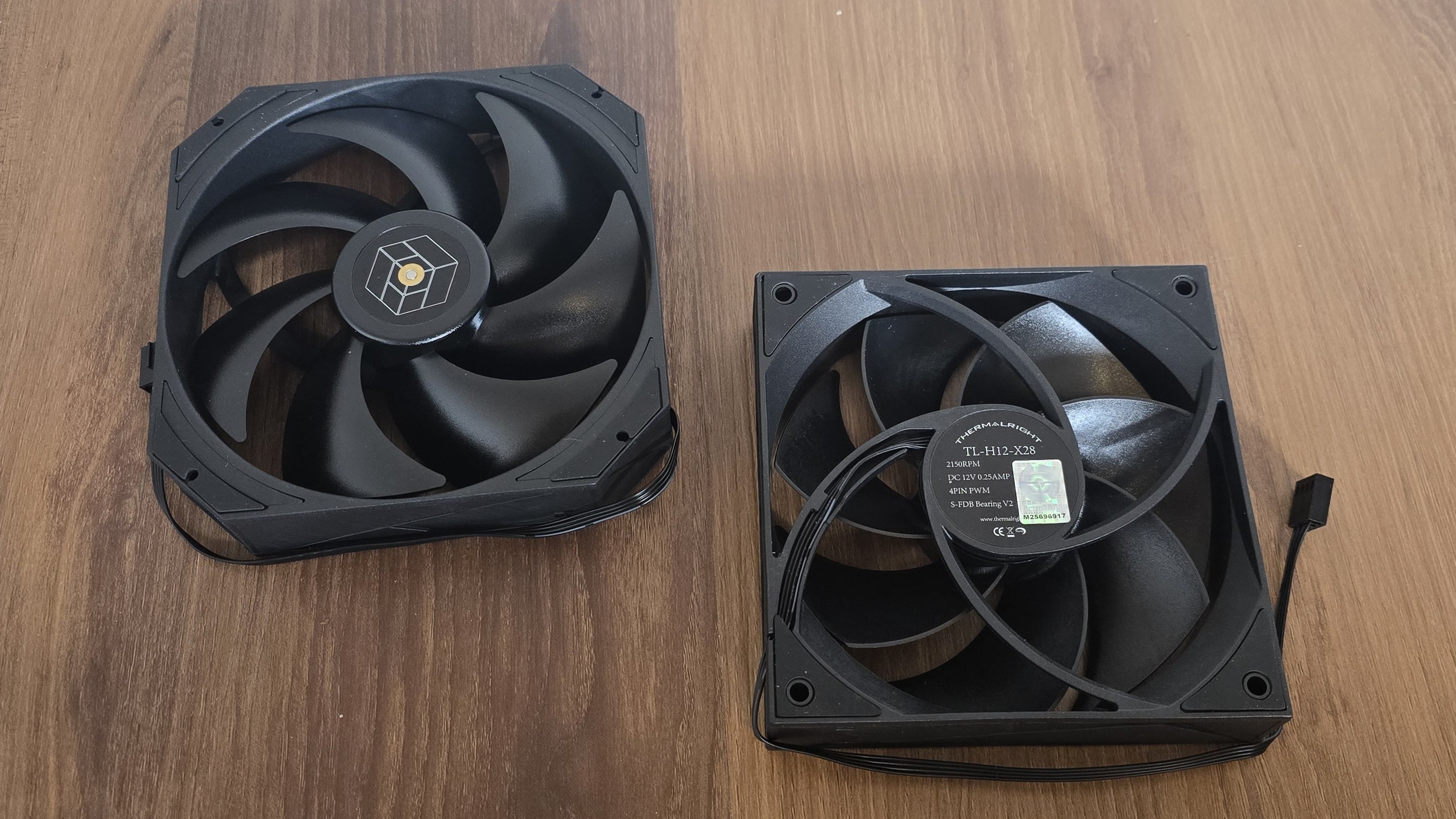
Swipe to scroll horizontally
Model | TL-H12-X28 | TL-HD13-X28 |
Dimensions | 120 x 120 x 28mm | 130 x 130 x 28mm |
Fan Speed | Up to 2150 RPM | Up to 1750 RPM |
Air Flow | Up to 80.45 CFM | Up to 81.88 CFM |
Air Pressure | Up to 2.65 mm H2O | Up to 2.38 mm H2O |
Bearing Type | S-FDB V2 | S-FDB V2 |
MTTF | 3 Year Warranty | 3 Year Warranty |
Lighting | None | None |
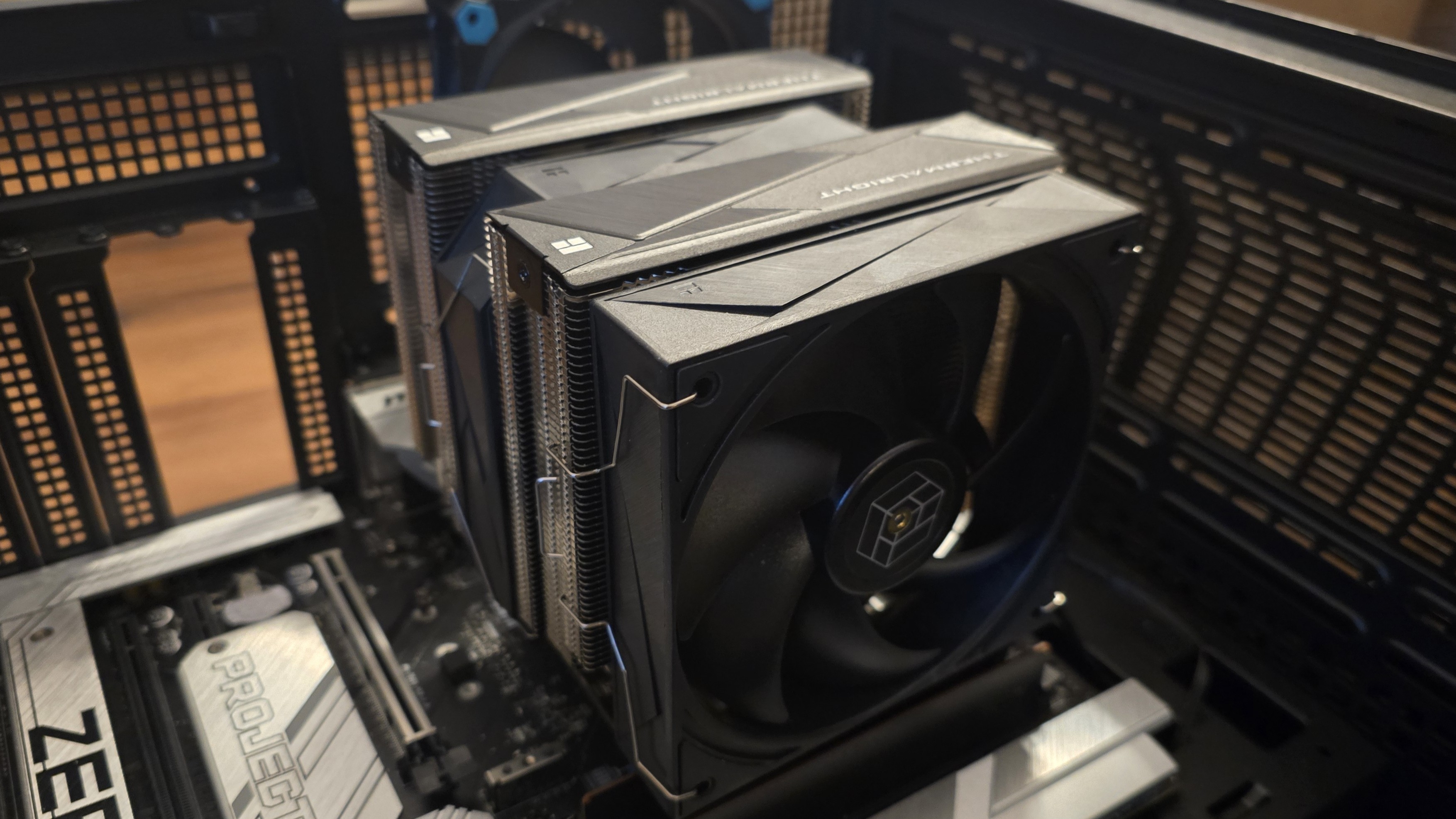
Real world testing configuration: Intel LGA1700 and AMD AM5 platform
My results may differ from others because I emphasize results that are comparable to real-world use. This means that I test CPU coolers inside of a closed desktop case, which increases cooling difficulty compared to other testing methods.
Many will test CPU coolers outside of a case, on an open test bench. Open benches have lowered ambient temperatures, which makes weak coolers appear stronger than they are. Some publications have also used generic thermal plates to test cooling solutions. I reject both of these methods because they don’t accurately reflect the real-world conditions a CPU cooler is used in.
Swipe to scroll horizontally
CPU | Intel Core i7-14700K |
GPU | ASRock Steel Legend Radeon 7900 GRE |
Motherboard | MSI Z790 Project Zero |
Case | MSI Pano 100L PZ Black |
System Fans | Iceberg Thermal IceGale Silent |
My previous reviews have tested Intel’s latest platform, using the Core Ultra 9 285K Arrow Lake CPU. But we’re retiring this from our testing suite. Between BIOS changes and Windows updates, Arrow Lake’s thermal characteristics have changed in some scenarios, rendering much of our previous testing data useless.
With today’s review, we’re also testing AMD’s Ryzen 9 9950X3D. This is a beast of a CPU, providing the best gaming and multithreaded performance on the market. It can prove quite challenging thermally when PBO is enabled for overclocking.
Swipe to scroll horizontally
CPU | AMD Ryzen 9 9950X3D |
GPU | MSI Ventus 3X RTX 4070Ti Super |
Motherboard | MSI X870E Carbon Wifi |
Case | MSI MAG Pano 100R PZ |
AM5 and 1851 installation
The installation of this cooler is simple for both Intel and AMD CPUs.
1. You’ll first need to apply the included backplate if you’re using an Intel CPU. AMD users will remove the default mounting mechanism.
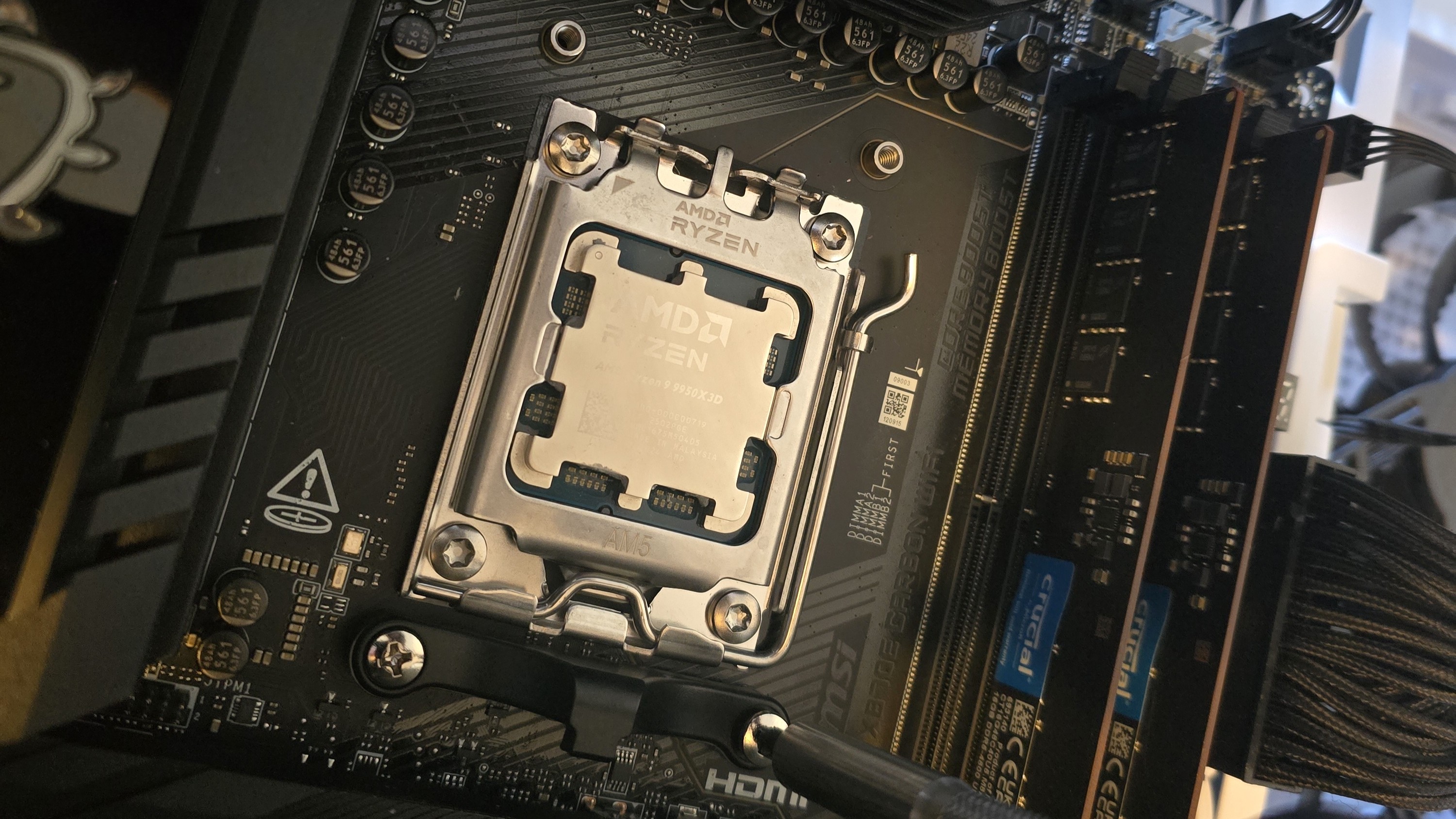
2. Next, you’ll set the rubber standoffs on both Intel and AMD systems.
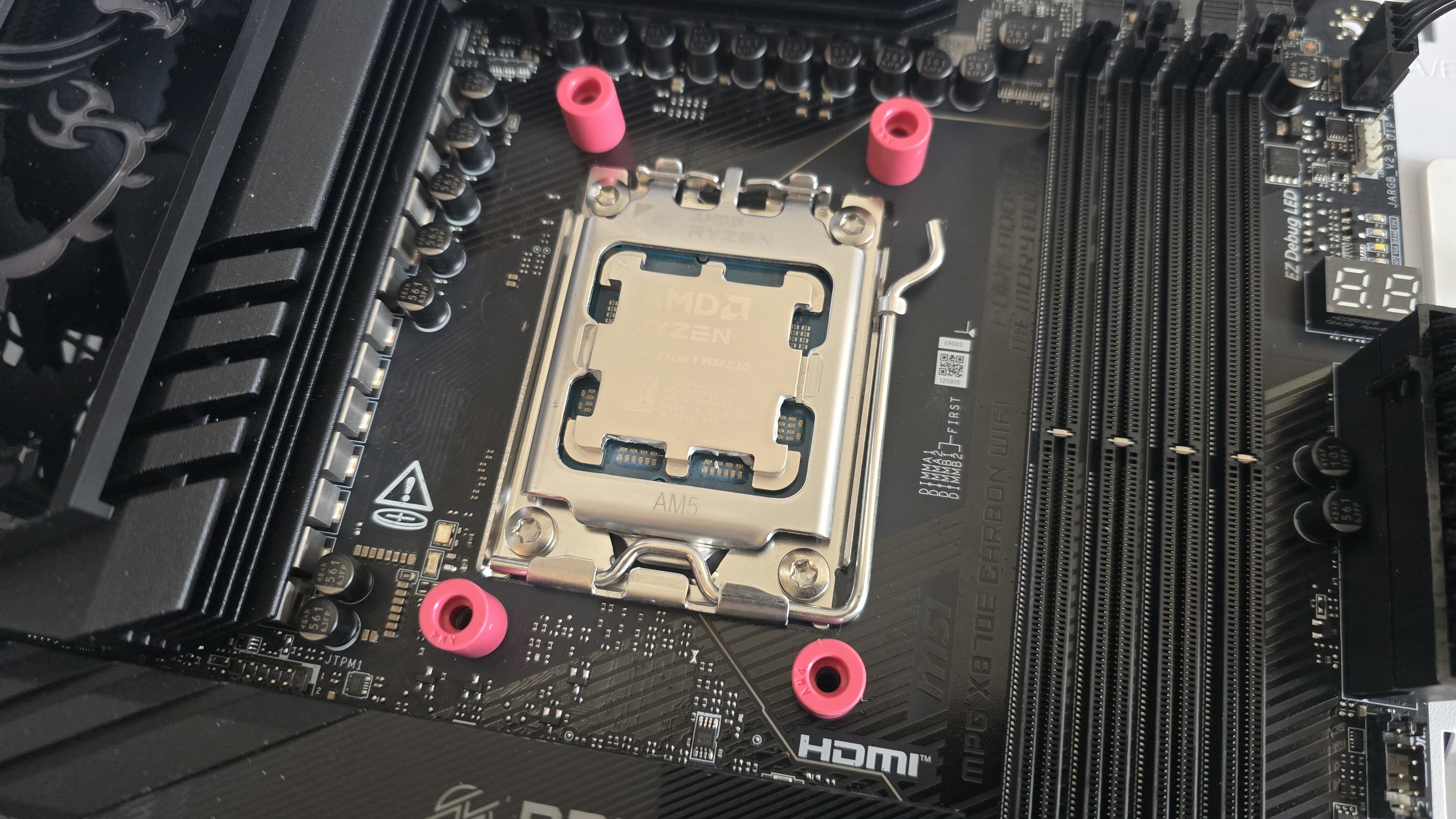
3. Then you’ll want to take the mounting bars and place them on top of the standoffs, securing them with the included screws.
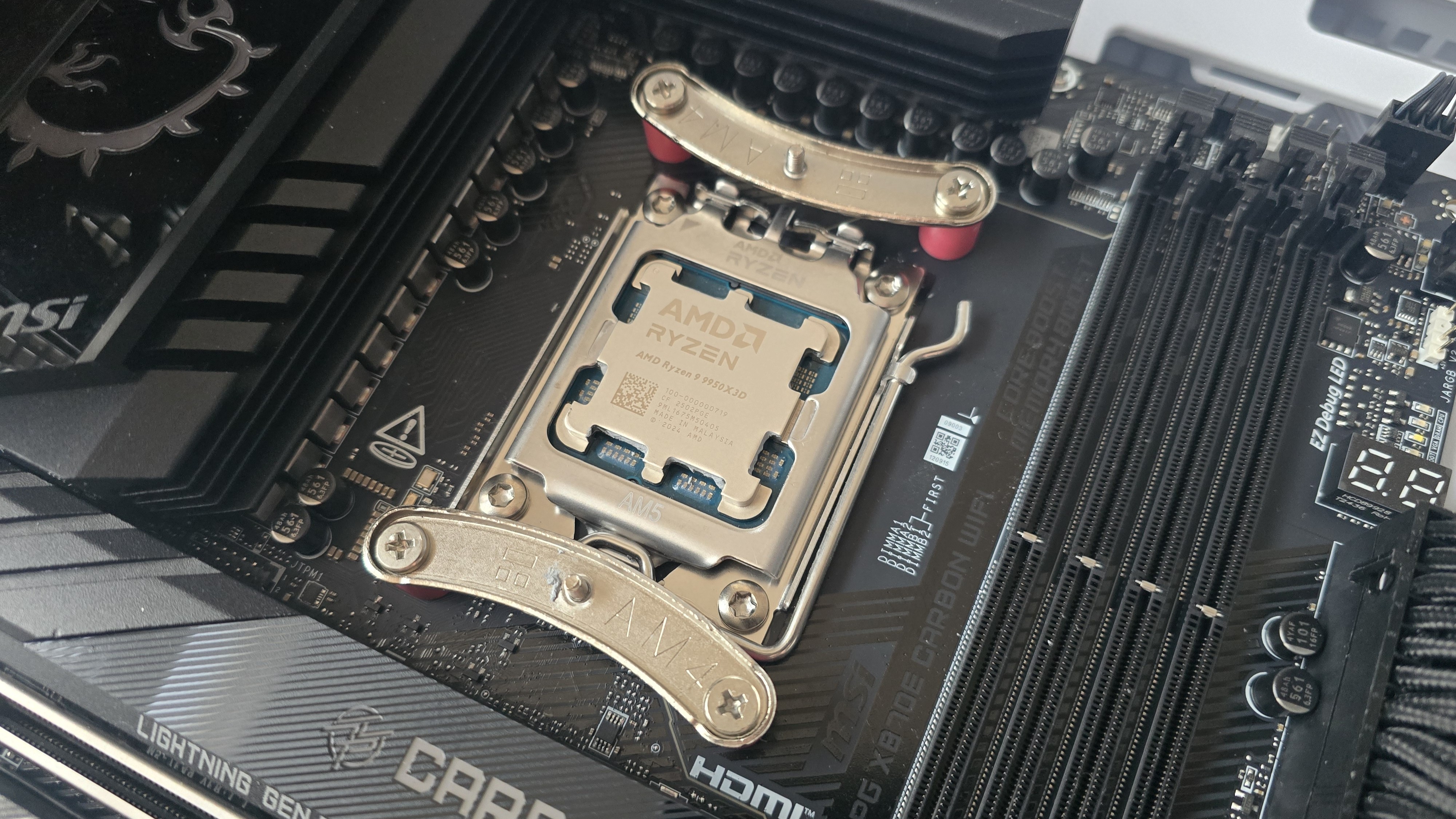
4. Apply the included thermal paste to your CPU. If you have any questions on how to do this properly, please refer to our handy guide on how to apply thermal paste.
5. Mount the heatsink on top of the CPU, using a screwdriver to secure the screws in the middle of the unit.
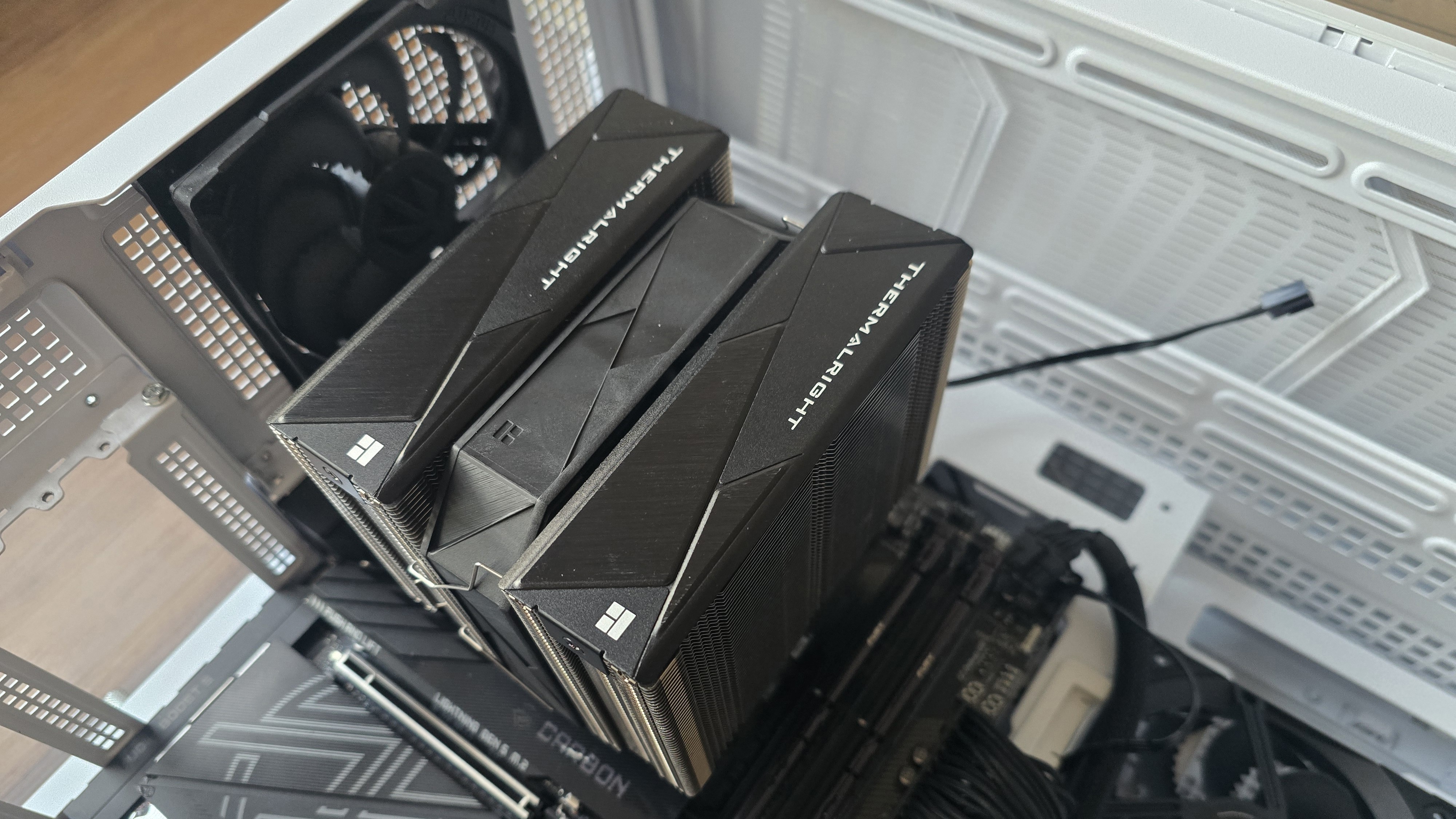
6. Attach the fans to the heatsink using the included clips, and then use the included PWM cable to connect the fans to the motherboard.


 6 months ago
72
6 months ago
72

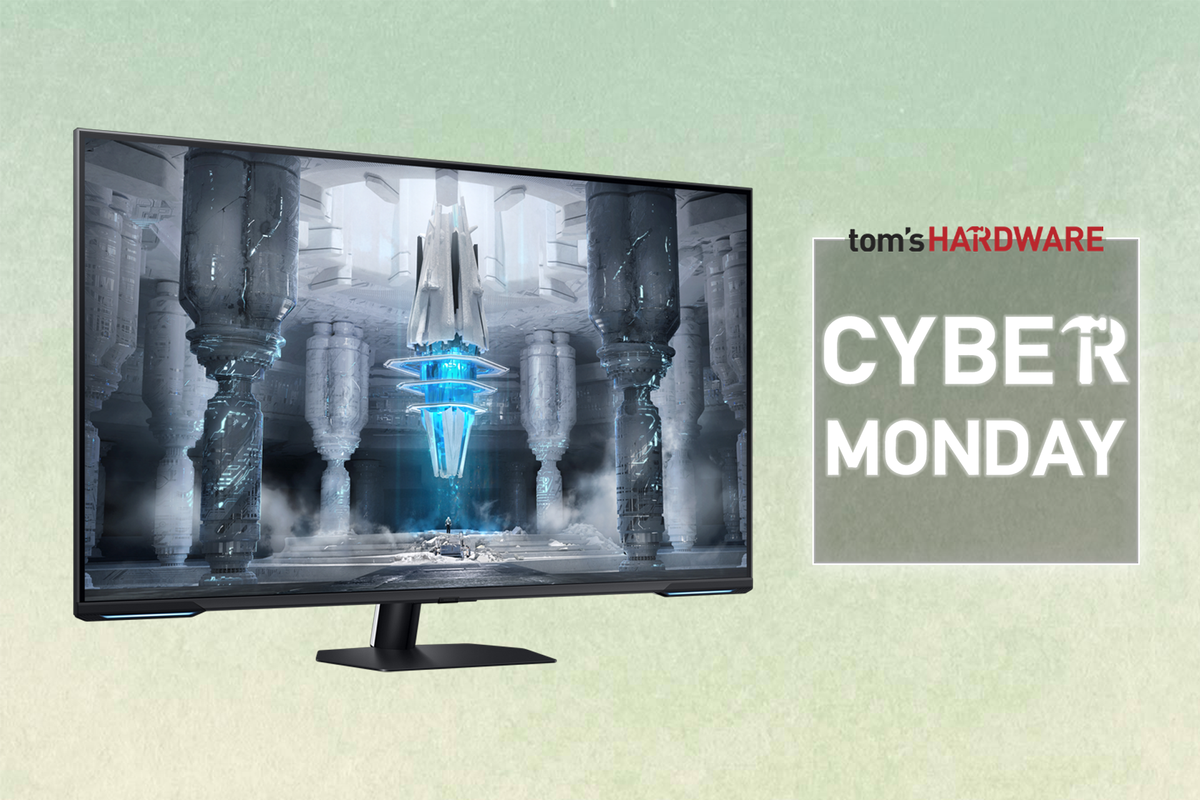






 English (US) ·
English (US) ·